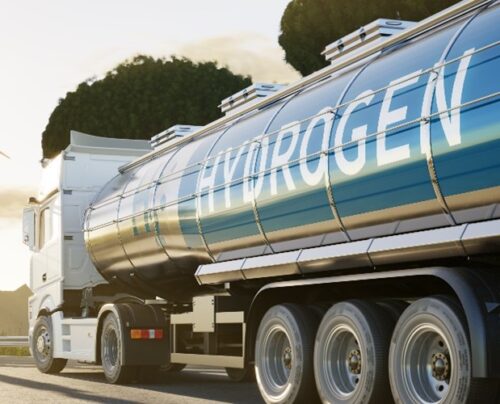
Low-carbon hydrogen production is a key component of many plans to reduce greenhouse gas (GHG) emissions, especially for hard-to-decarbonize sectors of the economy. The passage of the Inflation Reduction Act (IRA) last year provided a down payment toward realizing hydrogen’s potential as a resource for decarbonization by including a 45V clean hydrogen Production Tax Credit (PTC). Despite its potential to contribute to economy-wide decarbonization, hydrogen production is not necessarily carbon-free. How to measure and determine the carbon footprint of hydrogen production remains a critical question. In a new report published this week, E3 compares two of the primary alternative approaches that have been proposed for the calculating carbon content of the electricity supply used to produce hydrogen: annual and hourly matching of renewable energy supplies to hydrogen production. The report, titled “Analysis of Hourly & Annual GHG Emissions: Accounting for Hydrogen Production” and commissioned by the American Council on Renewable Energy (ACORE), finds that the annual matching approach leads to lower carbon emissions than hourly matching in 25 out of 40 scenarios studied.
E3’s study analyzes the incremental GHG emissions impacts of hydrogen production when clean energy used for electrolytic hydrogen production is accounted for on either an annual or an hourly basis. It then analyzes the potential production cost impacts of each accounting method. Under an hourly balancing approach, clean energy production must occur in the same hour as hydrogen production. Annual balancing, on the other hand, only requires the two to occur in the same year. Hourly matching is intended to increase confidence that hydrogen production would not cause an increase in grid emissions; annual matching can also accomplish this in a more cost-effective manner by enabling increased hydrogen production without increasing incremental emissions with modest adjustments to the clean energy procurement requirement.
The findings of E3’s analysis have significant impacts as the industry and the U.S. Treasury Department weigh the benefits of the two approaches to emissions accounting for hydrogen production. Hourly matching, E3’s analysis finds, does not ensure lower GHG emissions relative to an annual matching requirement. In many cases, the hourly matching approach is less effective than annual matching for eliminating carbon emissions. With modest changes to the size and composition of the renewable portfolio to meet electrolyzer demand, hydrogen produced under an annual matching requirement results in incremental emissions less than the threshold for the maximum Production Tax Credit under the IRA. Moreover, an hourly matching requirement results in much higher costs for hydrogen production than an annual matching requirement, potentially a significant impediment to the development of a nascent industry.
For more details on E3’s modeling methodology and a deeper examination of the results, the full report is available from ACORE. E3’s Arne Olson, Gregory Gangelhoff, Anthony Fratto, Hadiza Felicien, and Karl Walter contributed to the report.


